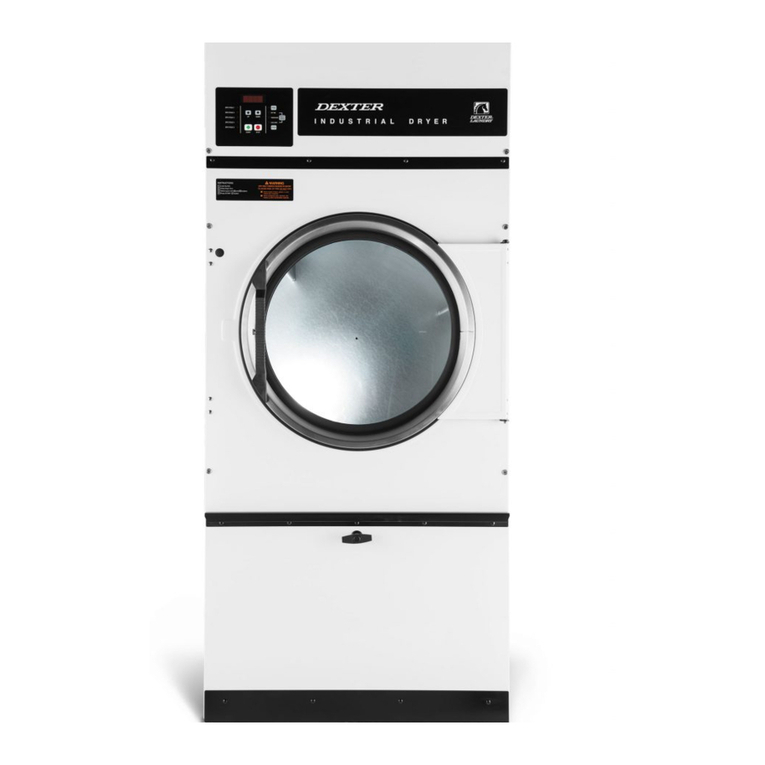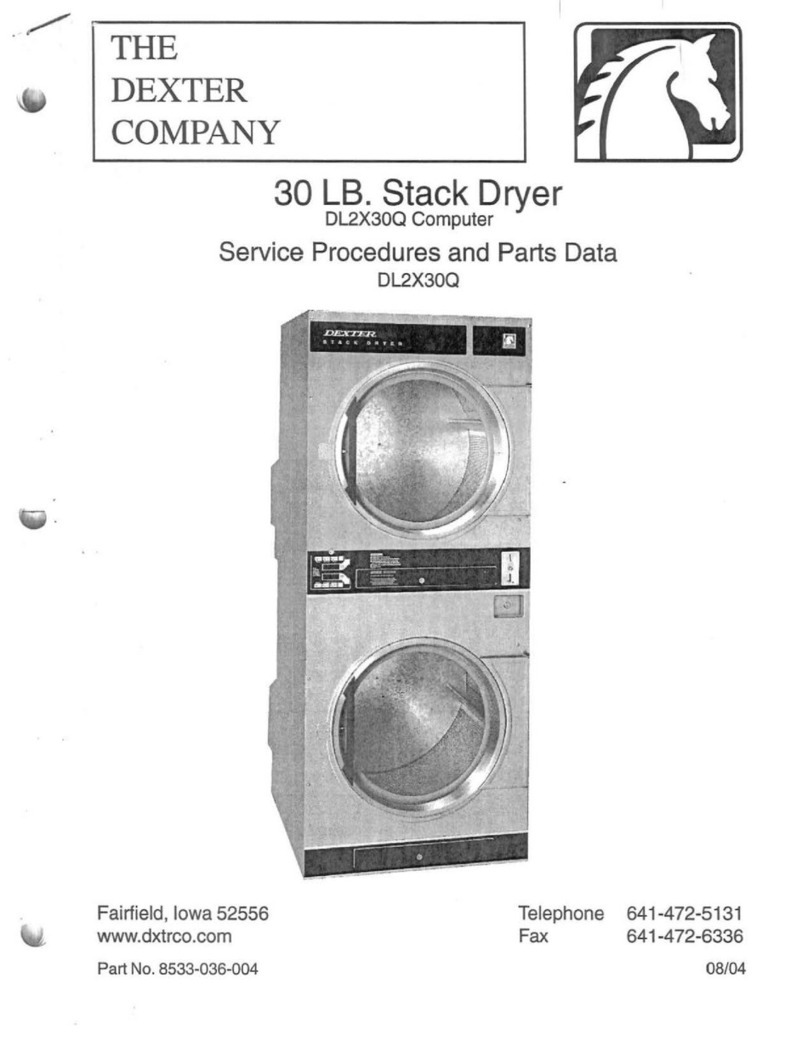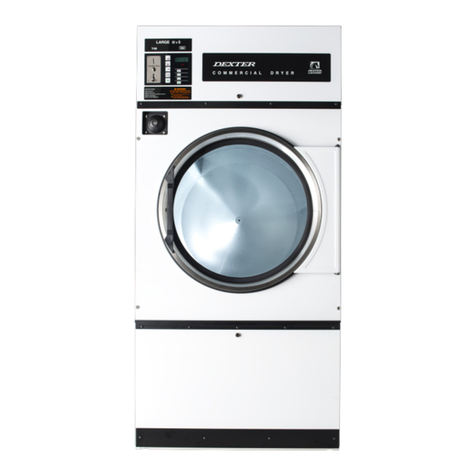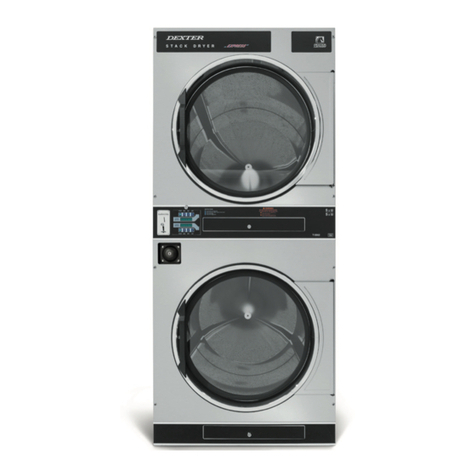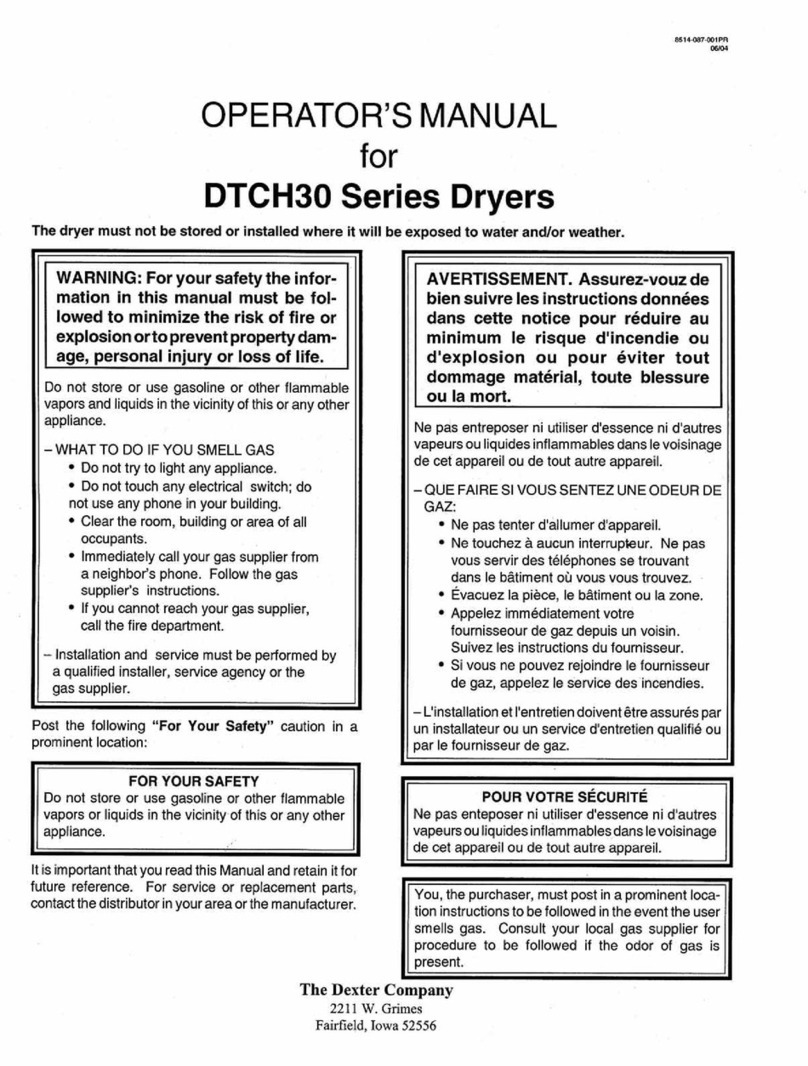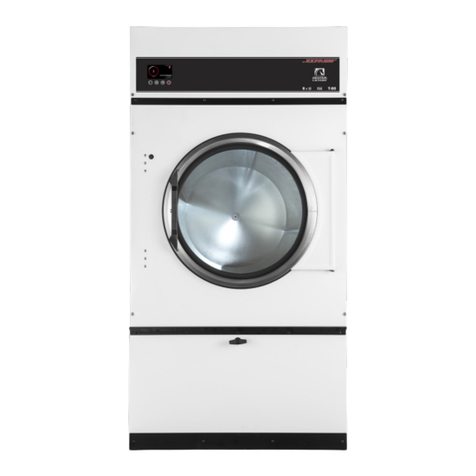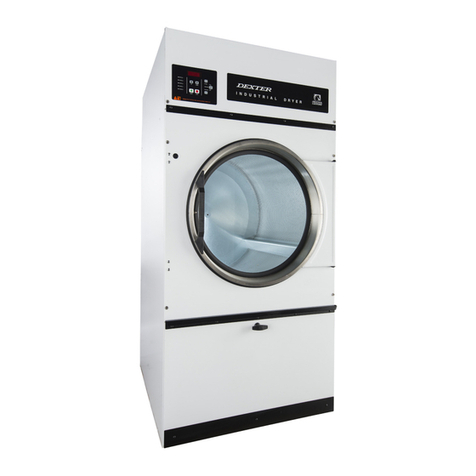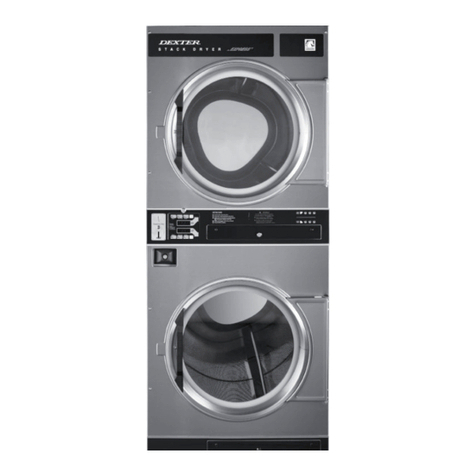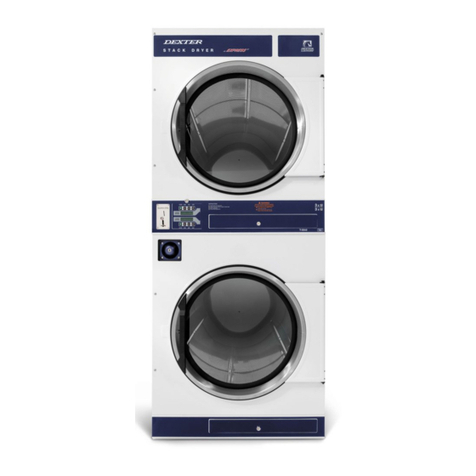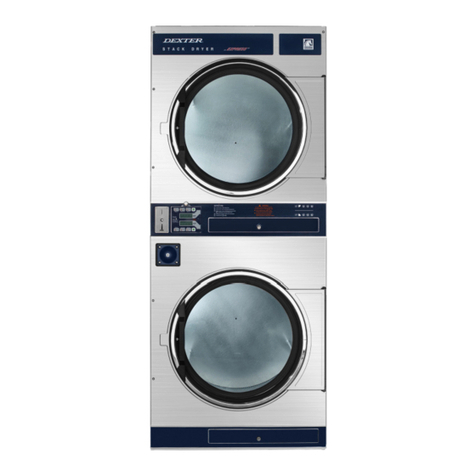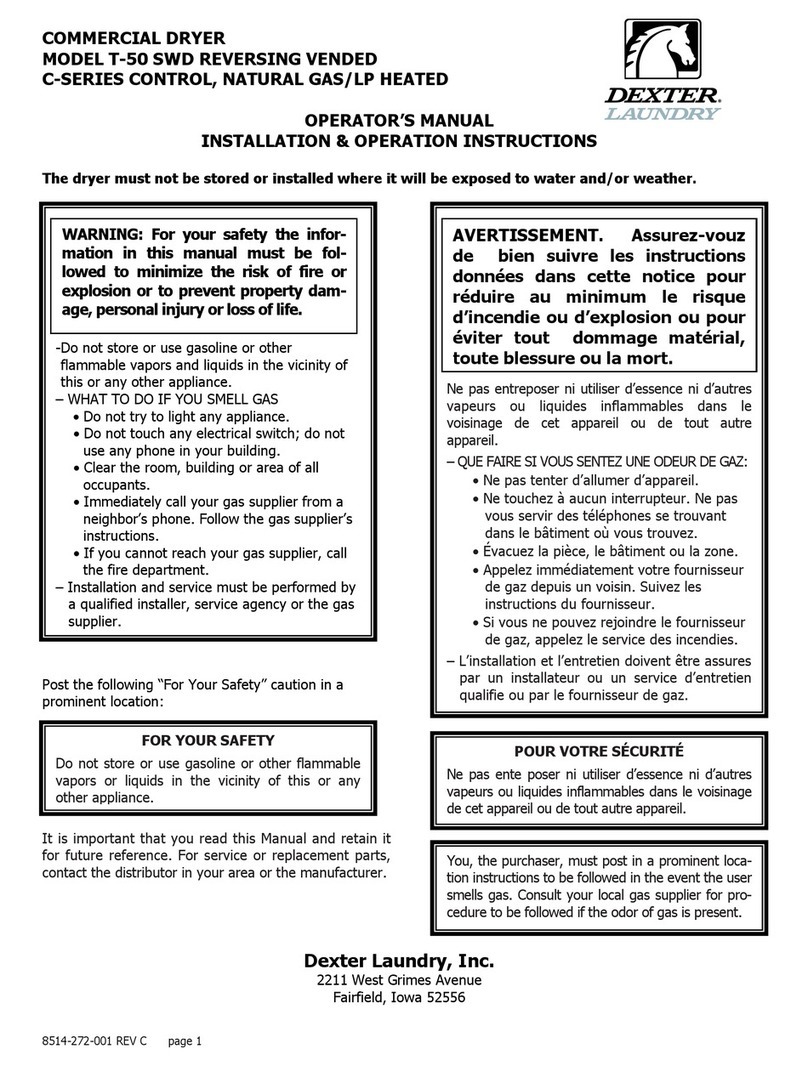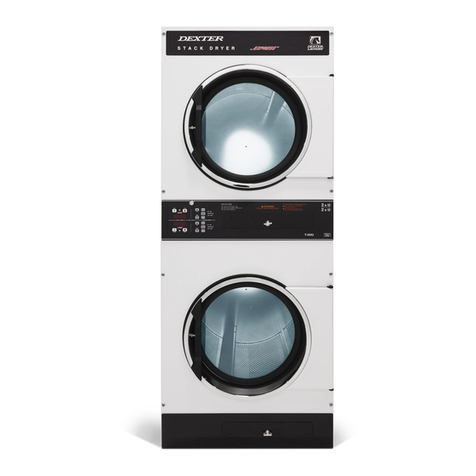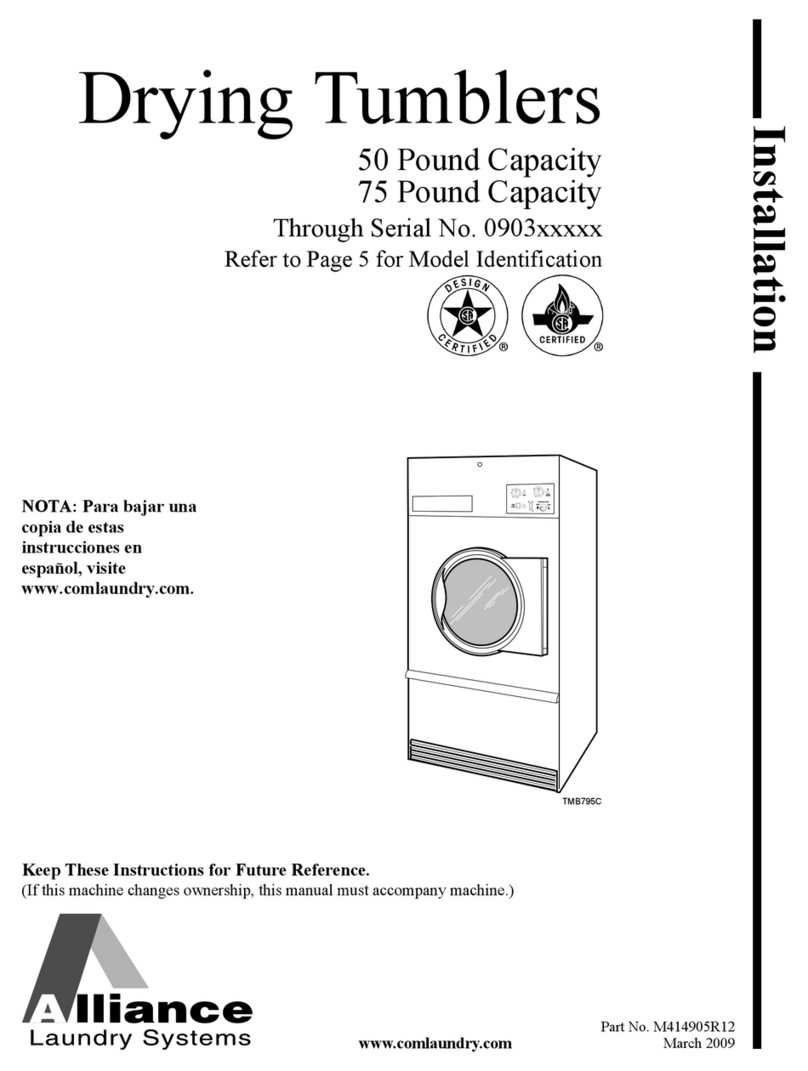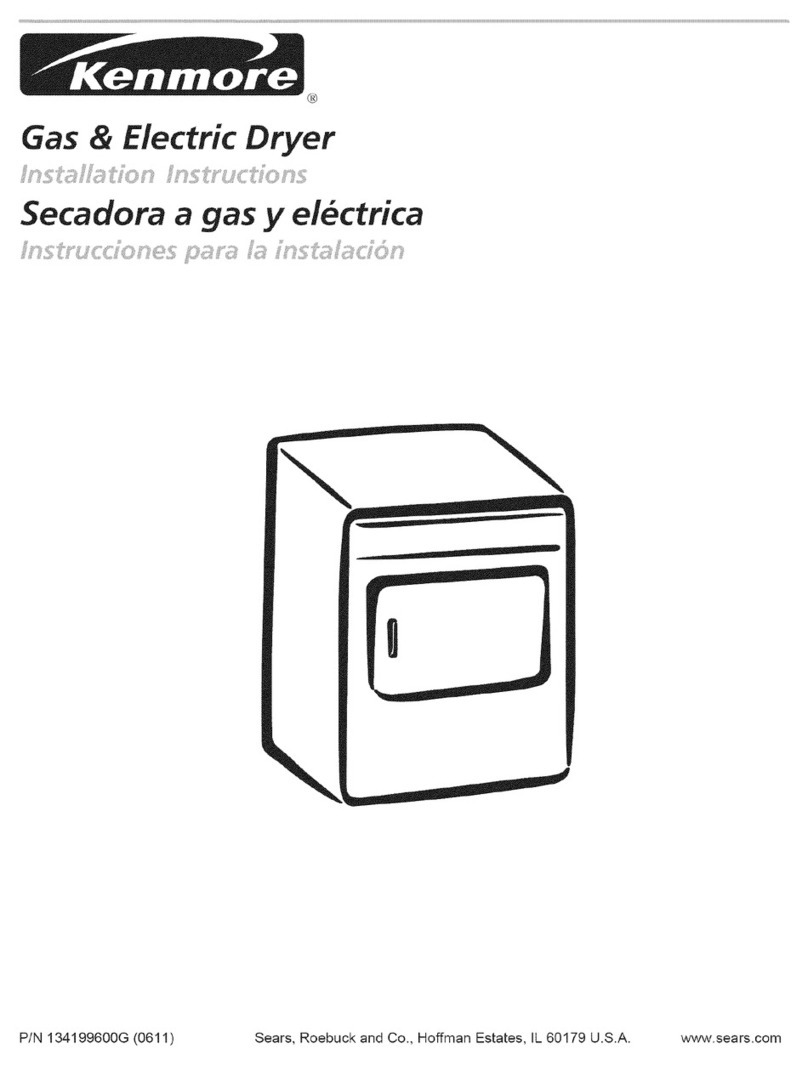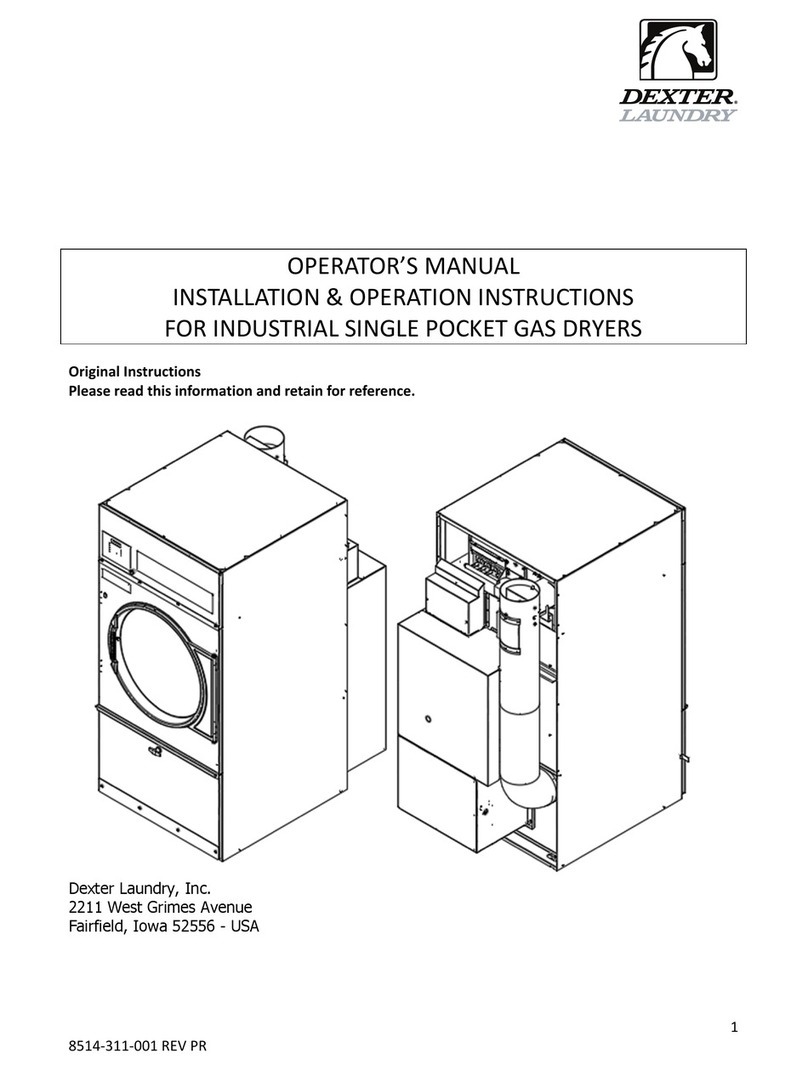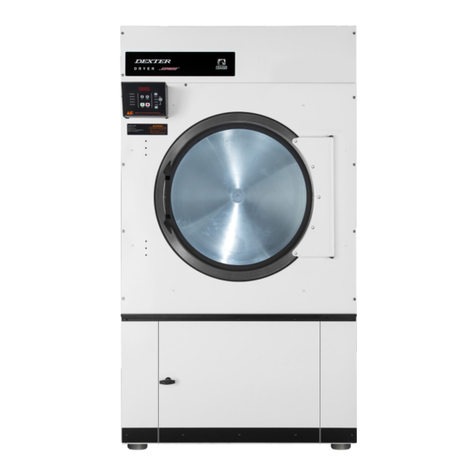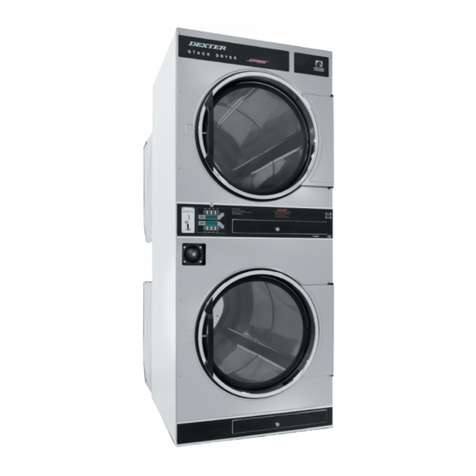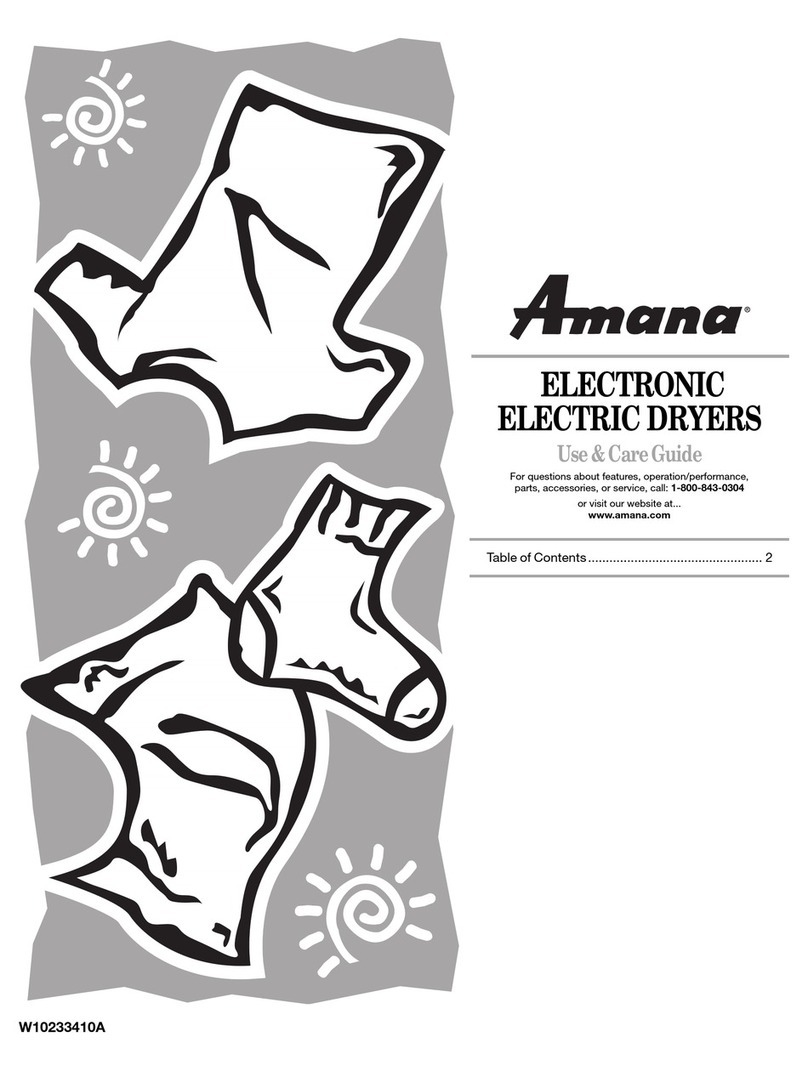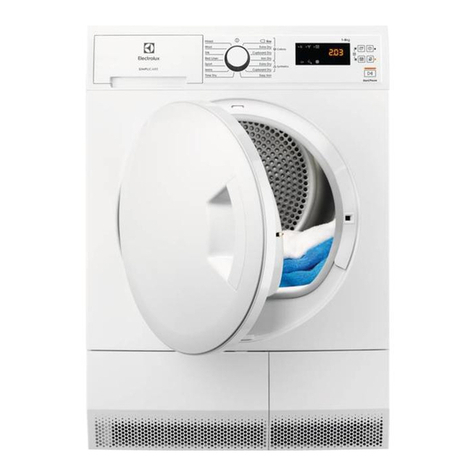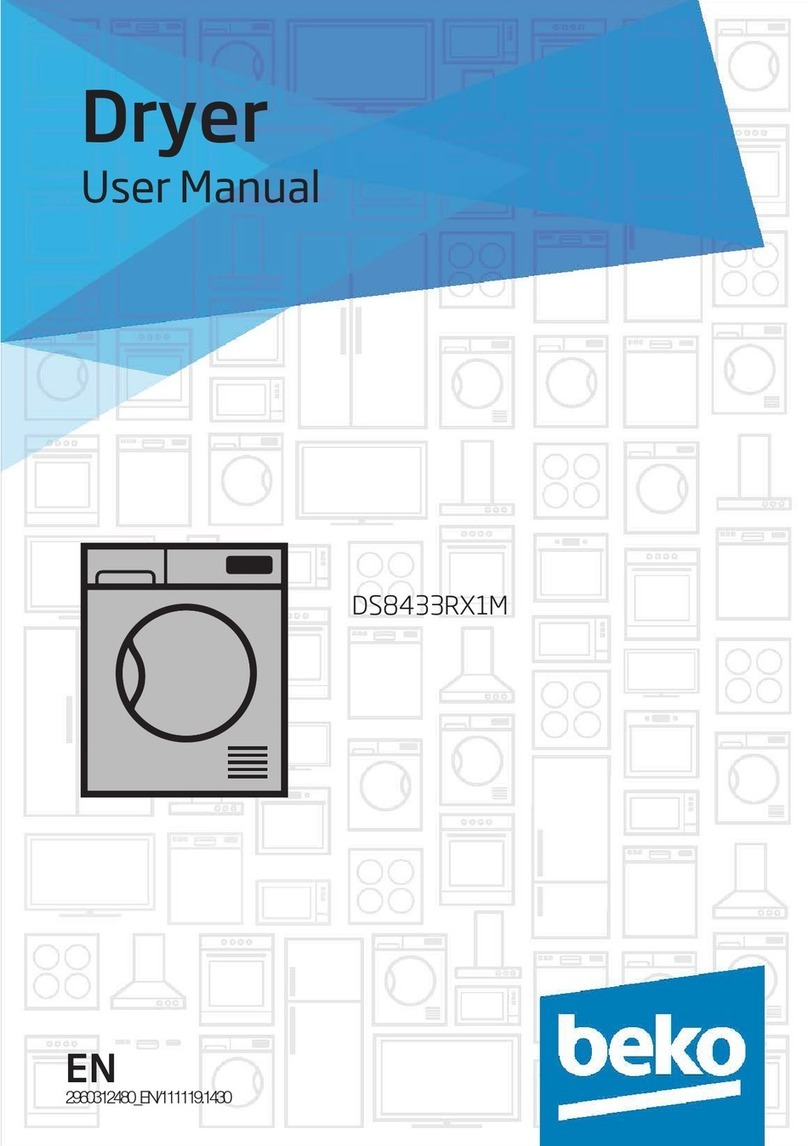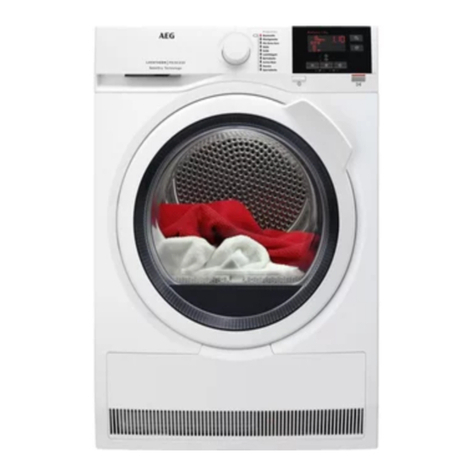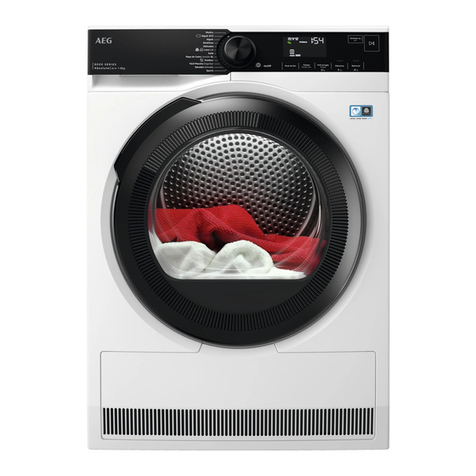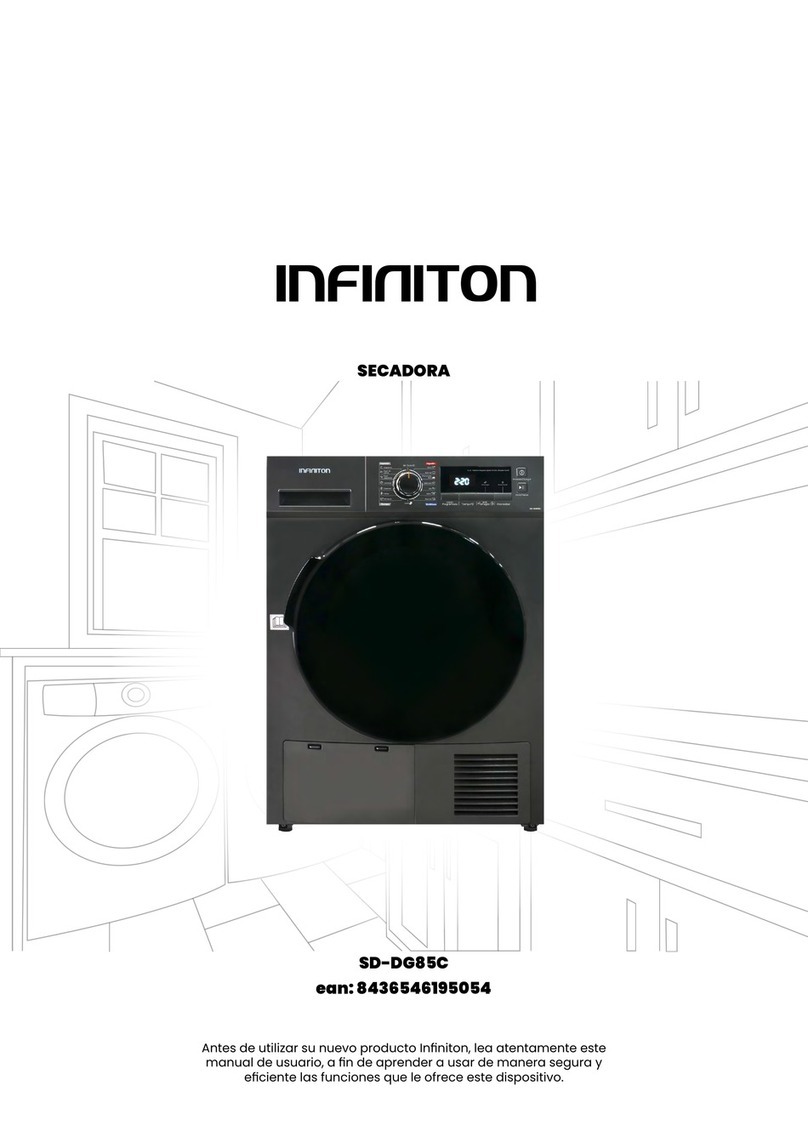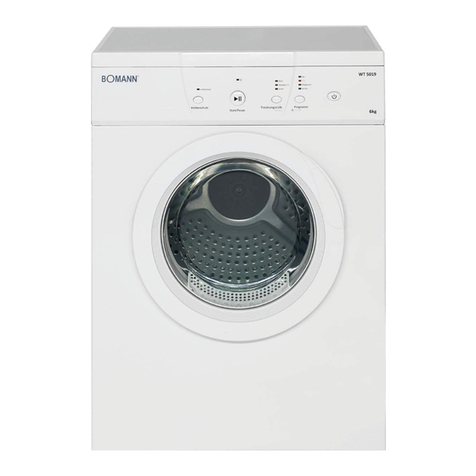
8514-292-001 REV A PAGE 10
IMPORTANT: TRANSIENT VOLTAGE SURGE SUPPRESSORS
Like most electrical equipment your new machine can be damaged or have its life shortened
by voltage surges due to lightening strikes which are not covered by factory warranty. Local
power distribution problems also can be detrimental to the life of electrical components. We
recommend the installation of transient voltage surge suppressors for your new equipment.
These devices may be placed at the power supply panel for the complete installation and don’t
require an individual device for each machine.
These surge protectors help to protect equipment from large spikes and also from small
ongoing spikes in the power that occur on a day to day basis. These smaller surges can
shorten overall life of electrical components of all types and cause their failure at a later date.
Although they can’t protect against all events, these protective devices have a good reputation
for significantly lengthening the useful life of electronic components. Electronic components
are helped to have a longer useful life when they are supplied with the clean stable electrical
power they like.
6. EXHAUST INSTALLATION. (Refer to Figure 3 at the end of section 6.) The exhaust duct
connection near the top of the dryer will accept a 152 mm (6 in.) round duct. Exhausting of
the dryer(s) should be planned and constructed so that no air restrictions occur. Any
restriction due to pipe size or type of installation can cause slow drying time, excessive heat,
and lint in the room.
From an operational standpoint, incorrect or inadequate exhausting can cause a cycling of
the high limit thermostat, which shuts off the heating elements and results in inefficient
drying.
Individual exhausting of the dryers is recommended. All heat, moisture, and lint should be
exhaust outside by attaching a pipe of the proper diameter to the dryer adapter collar and
extending it out through an outside wall. This pipe must be very smooth on the inside, as
rough surfaces tend to collect lint, which will eventually clog the duct and prevent the dryer
from exhausting properly. All elbows must be smooth on the inside. All joints must be made
so the exhaust end of one pipe is inside the next one downstream. The addition of an exhaust
pipe tends to reduce the amount of air the blower can exhaust. This does not affect the dryer
operation if held within practical limits. For the most efficient operation, it is recommended
that no more than 14’ (4.25 m) of straight 6” (152 mm) diameter pipe with two right angle
elbows is used. The design of the vent system shall be such that any condensate formed
when operating the dryer from cold shall either be retained and re-evaporated or discharged.
Maintain a minimum of 25 mm (1 in.) clearance between duct and combustible material.
If the exhaust pipe passes through a wall, a metal sleeve of slightly larger diameter should
be set in the wall and the exhaust pipe passed through this sleeve. This practice is required
by some local codes and is recommended in all cases to protect the wall. This type of
installation should have a means provided to prevent rain and high winds from entering the
exhaust when the dryer is not in use. A hood with a hinged damper can be used for this
purpose. Another method would be to point the outlet end of the pipe downward to prevent
entrance of wind and rain. In either case, the outlet should be kept clear, by at least 24”
(600 mm), of any objects, which would cause air restriction.

